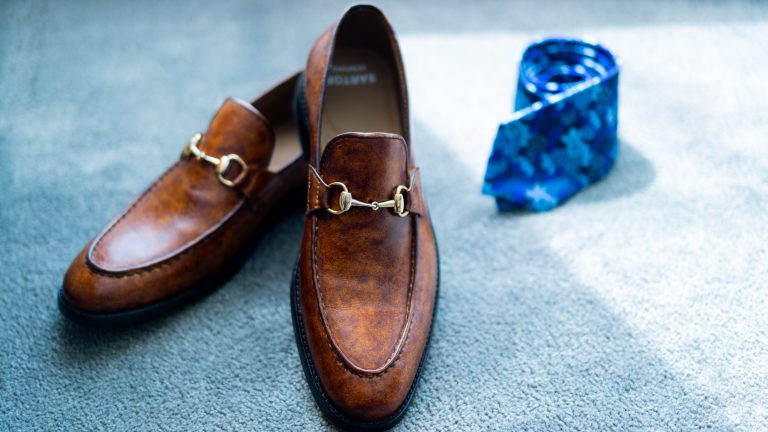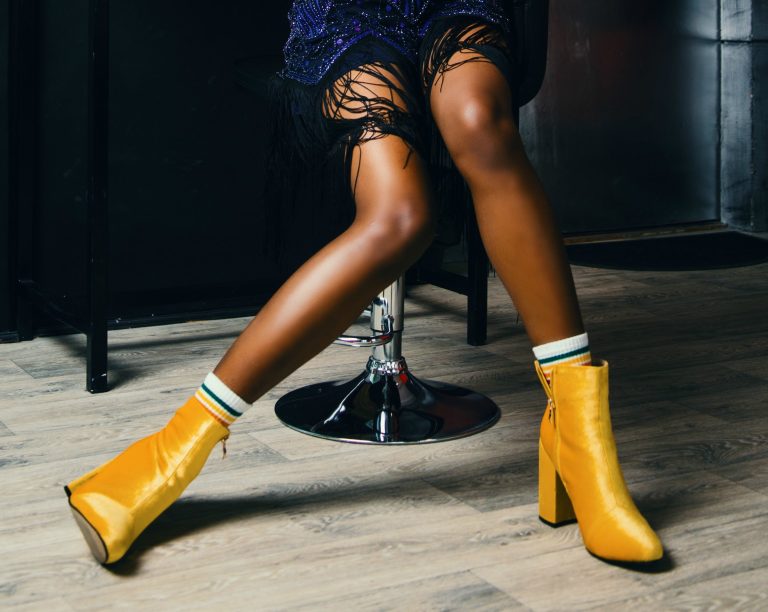What Does D Mean in Boot Size? Understanding Types and Numbers | 2023
Introduction: Decoding Boot Size Terminology
What Does D Mean in Boot Size? When it comes to buying shoes, especially boots, understanding the various sizes and markings is crucial. One such common notation is “D,” which is often seen in boot size labels. In this article, we will unravel the mystery behind what “D” means in boot size, exploring different types and numbers to help you make an informed choice for your next footwear purchase.
1. Breaking Down Boot Size Markings
What Does D Mean in Boot Size?
Boot sizes often come with a letter and a number. The letter “D” stands for the width of the boot, indicating a standard or medium width.

2. Understanding Boot Widths: Narrow to Wide
- Narrow Width (B): Boots labeled with “B” are narrow, ideal for individuals with slim feet.
- Standard Width (D): The most common width, suitable for average foot widths.
- Wide Width (E or W): Boots with “E” or “W” are wider, providing extra room for wider feet.
3. Different Boot Types and Their Sizing Norms
- Cowboy Boots: Cowboy boots often have specific size charts due to their unique design.
- Work Boots: Work boots come in various widths to accommodate different foot shapes for comfort during long hours.
- Hiking Boots: Hiking boots focus on providing ample toe space and arch support for outdoor activities.
4. The Significance of Boot Numbers
- Numeric Sizing: Apart from width, boots are also marked with numeric sizes, indicating the length of the foot the boot is designed for.
- Half Sizes: Boots are available in half sizes, ensuring a more precise fit.
5. Considerations for Online Boot Shopping
- Measurement Guides: Online stores provide measurement guides, helping buyers choose the right size.
- Customer Reviews: Reading customer reviews can provide valuable insights into the fit and comfort of specific boot brands.
6. Avoiding Common Sizing Mistakes
- Ignoring Width: Neglecting width considerations can lead to discomfort and blisters.
- Ignoring Socks: Failing to consider sock thickness can affect the boot’s fit, especially in colder months.
7. Boot Size Conversion Charts
- International Sizing: Different countries have varying sizing standards. Referencing conversion charts is essential for international buyers.
8. The Importance of Trying Before Buying
- In-Store Fittings: Trying boots in-store allows buyers to assess comfort and fit accurately.
- Return Policies: Online buyers should be aware of return policies in case the purchased boots don’t fit well.
9. Conclusion: Finding the Perfect Fit
Finding the right boot size involves understanding the “D” width notation, considering different types, and paying attention to numeric sizing. By being aware of these factors and avoiding common mistakes, you can ensure your boots provide comfort and style in every step.
Frequently Asked Questions (FAQs)
Q1: How do I measure my foot width for boot sizing?
A1: To measure your foot width accurately, use a ruler or a Brannock device. Measure the widest part of your foot and refer to the brand’s size chart.
Q2: Can I wear wider boots if I have narrow feet to increase comfort?
A2: It’s not recommended, as wearing boots that are too wide can lead to instability and discomfort. Always choose the appropriate width for your foot.
Q3: Are there specific brands known for their accurate boot sizing?
A3: Yes, some brands are renowned for their consistent sizing. Research customer reviews and brand reputation before making a purchase.
Q4: What should I do if my boots feel too tight after wearing them for a while?
A4: If boots feel tight, try wearing thinner socks or consider stretching methods recommended by the manufacturer. If the discomfort persists, consult a cobbler.
Q5: How often should I measure my foot size, especially if I buy boots online?
A5: It’s advisable to measure your foot size every year, as factors like age and weight can cause subtle changes. When buying online, always refer to the brand’s latest size chart.




Leave a comment